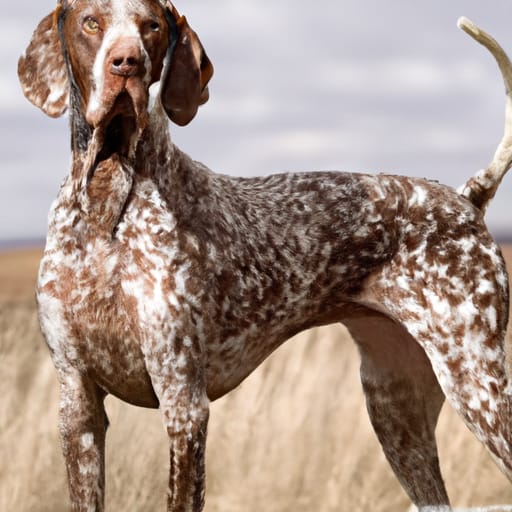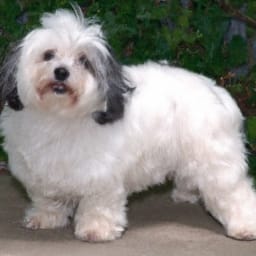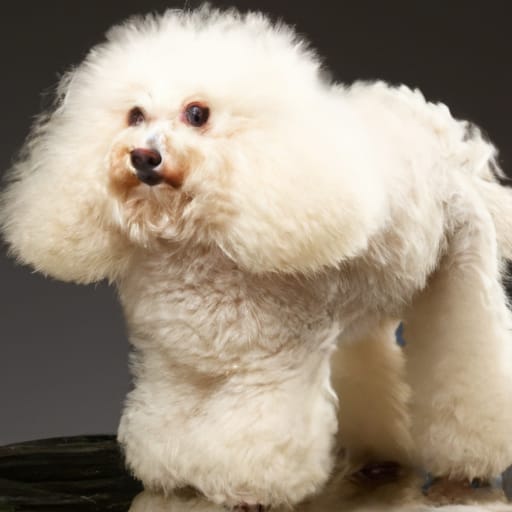Pointer Shedding: Why Do Pointers Shed?
Why Do Pointers Shed? If you’ve ever owned a Pointer or are considering getting one, you may have wondered why these beautiful dogs shed so much. In this article, we’ll explore the fascinating world of Pointer shedding. From the reasons behind their excessive shedding to some practical tips on how to manage it, this article is a must-read for any Pointer owner. So, grab a cup of coffee, sit back, and let’s uncover the mystery of Pointer shedding together.
Causes of Shedding
Genetics
Genetics play a significant role in determining the amount of shedding a dog will experience. Certain breeds have been naturally bred to have a thick coat and may shed more than others. This shedding is often a result of inherited traits from their ancestors. So, if you have a Pointer, for example, it’s important to understand that shedding is a common characteristic of the breed.
Seasonal Changes
Seasonal changes can also be a contributing factor to shedding. Many animals, including dogs, have a natural adaptation to shed their fur during specific times of the year. As the seasons change, dogs may shed their old coat in preparation for a new one. This shedding is often more noticeable in the spring and fall months.
Poor Nutrition
Another common cause of shedding in dogs is poor nutrition. If your dog is not receiving a balanced and nutritious diet, their coat may suffer, leading to increased shedding. Essential nutrients, such as omega-3 fatty acids and biotin, promote healthy skin and coat. Without these nutrients, your dog’s coat may become dull and brittle, leading to excessive shedding.
Health Issues
Certain health issues can also contribute to excessive shedding in dogs. Skin conditions, such as dry or flaky skin, can lead to increased shedding. Parasites, such as fleas or ticks, can also irritate the skin, causing your dog to scratch and shed more. Additionally, hormonal imbalances and allergies can affect your dog’s coat and contribute to shedding.
What is Shedding
Definition
Shedding is a natural process in which dogs lose their old or damaged fur. It is a normal part of the hair growth cycle and helps maintain a healthy coat. Shedding allows new fur to grow and replaces the old fur, which may have become damaged or dirty.
Process of Shedding
Shedding occurs in specific phases as part of the hair growth cycle. Dogs have different phases of hair growth, including the anagen phase (active growth), the telogen phase (resting phase), and the catagen phase (transition phase). Shedding primarily occurs during the telogen phase when the old hair follicles are released, making way for new hair to grow.
Types of Shedding
There are two main types of shedding: normal shedding and excessive shedding. Normal shedding is a healthy and natural process that occurs in all dogs. It helps to remove damaged or dead fur and results in a healthy, shiny coat. On the other hand, excessive shedding may indicate an underlying issue or imbalance, such as poor nutrition or allergies.

Genetics
Inherited Traits
Genetics play a crucial role in the shedding patterns of dogs. Different breeds have been selectively bred for specific coat types, which can influence the amount of shedding. For example, some breeds, like Pointers, have a short and sleek coat that may not shed as much as other breeds. However, it’s important to note that even within the same breed, individual dogs may vary in their shedding patterns due to genetic factors.
Breed Characteristics
Understanding the breed characteristics of your dog can provide insight into their shedding tendencies. Some breeds are known for being heavy shedders, while others have minimal shedding. Pointers, for instance, have a smooth and short coat that typically requires minimal grooming and shedding. However, it’s important to remember that individual dogs within a breed can still vary in their shedding levels.
Seasonal Changes
Natural Adaptation
Seasonal changes can trigger shedding in dogs. Many animals have evolved to adapt to their changing environment, and shedding is one way they do so. In preparation for the warmer or cooler seasons, dogs may shed their old fur to make way for a new coat. This shedding helps regulate their body temperature during extreme weather conditions and ensures their coat remains in optimal condition.
Temperature and Daylight Variation
Changes in temperature and daylight hours are major triggers for seasonal shedding. As the days get shorter and colder, dogs may shed their summer coat to grow a thicker winter coat. Similarly, when the weather starts to warm up, dogs may shed their winter coat to make way for a lighter summer coat. This shedding process allows dogs to adapt to the changing seasons and maintain a comfortable body temperature.

Poor Nutrition
Lack of Essential Nutrients
Nutrition plays a vital role in a dog’s overall health, and this includes their coat condition. A lack of essential nutrients, such as omega-3 fatty acids, vitamins, and minerals, can lead to poor coat quality and increased shedding. Omega-3 fatty acids, in particular, promote healthy skin and coat, reducing the likelihood of excessive shedding. It’s important to provide a balanced and nutritious diet to ensure your dog’s coat remains healthy and shedding is minimized.
Low-Quality Diet
Feeding your dog a low-quality diet can also contribute to shedding. Low-quality dog foods often lack the necessary nutrients needed for a healthy coat. They may contain fillers and artificial ingredients that can negatively impact your dog’s coat and overall health. Investing in a high-quality dog food that is rich in essential nutrients can help reduce shedding and improve your dog’s coat condition.

Health Issues
Skin Conditions
Various skin conditions can cause excessive shedding in dogs. Dry or flaky skin, dandruff, and dermatitis can all contribute to increased shedding. These conditions are often accompanied by itching, redness, and irritation, which can lead to excessive scratching and hair loss. If you notice abnormal shedding or any signs of skin issues, it’s important to consult with your veterinarian for a proper diagnosis and treatment plan.
Parasites
Parasites, such as fleas or ticks, can cause significant irritation to a dog’s skin, resulting in excessive shedding. When a dog is infested with parasites, they may scratch or bite at their skin, leading to hair loss and increased shedding. Regular flea and tick prevention is essential to protect your dog from these pests and minimize their impact on shedding.
Hormonal Imbalances
Hormonal imbalances can have a direct impact on a dog’s coat and shedding patterns. Conditions such as hypothyroidism or Cushing’s disease can disrupt the normal hair growth cycle, leading to excessive shedding. These imbalances can also cause the coat to become thin and brittle. If you suspect a hormonal issue may be causing your dog’s shedding, consult with your veterinarian for further evaluation and appropriate treatment.
Allergies
Allergies, whether environmental or food-related, can contribute to excessive shedding in dogs. Allergies can cause inflammation and itching, leading to excessive scratching and hair loss. Environmental allergies, such as pollen or dust mites, can trigger seasonal shedding. Food allergies, on the other hand, may require an elimination diet to identify and eliminate the allergenic ingredients causing the shedding.
Overall, shedding in dogs is a natural and necessary process. However, excessive shedding can indicate underlying issues that require attention. By understanding the various causes of shedding, such as genetics, seasonal changes, poor nutrition, and health issues, you can better manage your dog’s shedding and ensure they maintain a healthy and shiny coat. Regular grooming, a balanced diet, and veterinary care are essential for promoting a healthy coat and minimizing excessive shedding in your furry friend.











